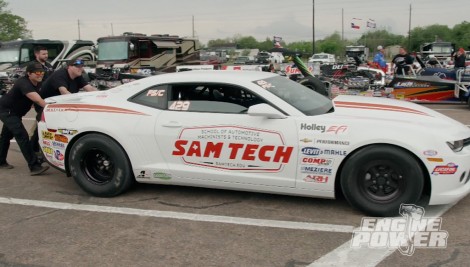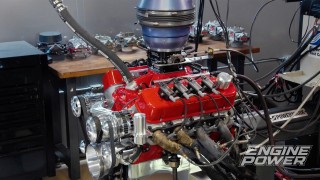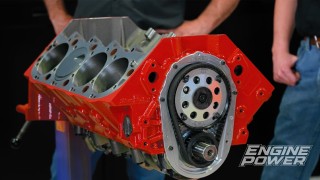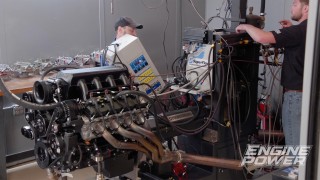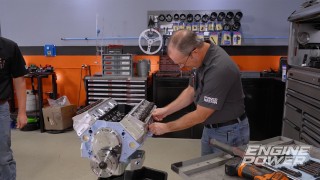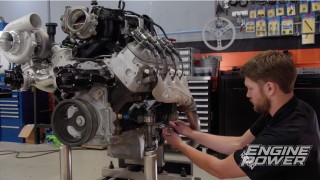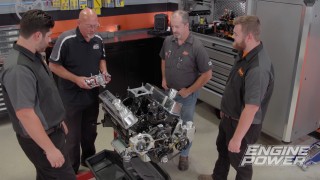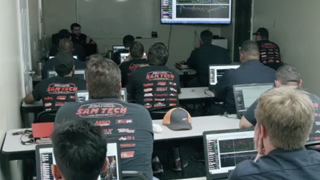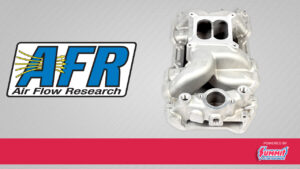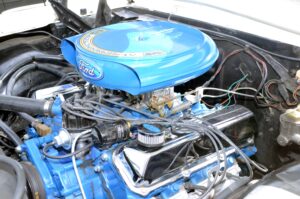Engine Power Featured Projects
Engine Power Builds
Want more content like this?
Join the PowerNation Email NewsletterParts Used In This Episode
School of Automotive Machinists
The School of Automotive Machinists & Technology (SAM Tech) is a provider of machining and technical education training for students seeking careers in the high performance racing industry.
ARP
ARP is the Official Bolt Supplier to Engine Power
Matco Tools
MATCO Tools are the Official Tool Supplier to Engine Power
